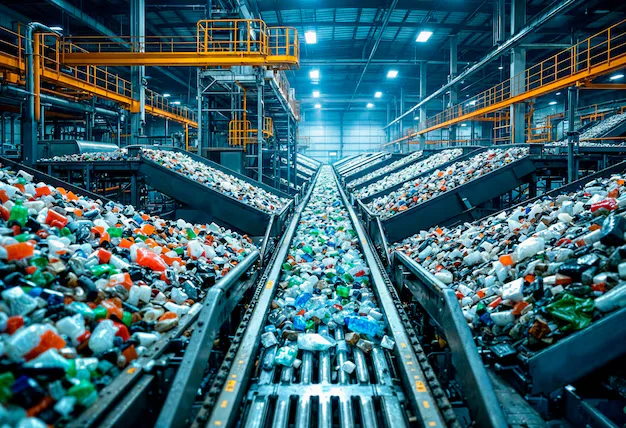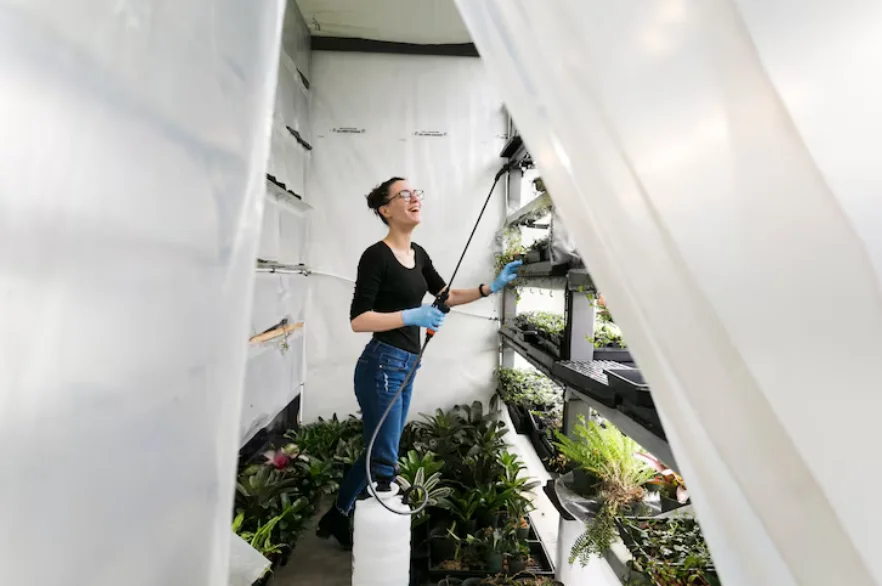High-Tech Hospitality: The Digital Future of Metal Seating

The hum of a dining room has changed. Where once the clatter of cutlery and soft conversations filled the air, a quieter rhythm now runs beneath it, the subtle presence of technology woven into every surface, every seat, every detail. Today, metal restaurant chairs, long valued for their strength, have stepped into the digital age with an elegance that blends precision engineering and design intelligence.
For modern restaurants, chairs are no longer passive objects. They are part of a living system that gathers information, supports efficiency, and elevates comfort. Behind every smooth weld and curved frame lies a story of innovation, where digital tools and materials science shape what hospitality looks like tomorrow.
From Industrial Roots to Intelligent Design
Metal seating began as a symbol of durability, the reliable choice for bustling dining halls and cafés. Over the years, it evolved from a purely functional fixture into a design statement. Now, technology is giving it a new identity altogether.
Manufacturers use digital modeling to create lightweight yet resilient frames that balance structural strength with ergonomic flow. Algorithms simulate how chairs bear weight, how joints respond to pressure, and how metal flexes under stress. This data-driven precision allows each curve to serve both beauty and purpose.
The digital process has replaced guesswork with mastery. Laser-cut patterns, seamless welding, and robotic polishing ensure that every chair is identical in strength yet unique in finish. What once required endless manual testing now happens virtually, saving time, resources, and material waste.
The Smart Chair Arrives
The idea of a smart chair might sound futuristic, yet it is already quietly reshaping hospitality with the help of tech, just like it is changing the smart driving sector. Embedded sensors can monitor occupancy, temperature, and even posture, sending real-time data to management systems. In busy dining areas, this helps optimize seating turnover, lighting, and climate for comfort and energy efficiency.
Some adaptive metal chairs feature self-adjusting backrests and responsive cushioning that adapts to weight. Others use integrated microcontrollers to track wear patterns, signaling when maintenance is due. What began as technology for office ergonomics has found a natural home in restaurants that value both comfort and operational precision.
For guests, the impact is subtle but transformative. Seating that conforms to posture feels more personal. Lighting that responds to occupancy feels intimate. The technology disappears into the experience, letting diners simply enjoy the balance between body and design.
The Fusion of Form, Function, and Flow
Digital innovation does not diminish craftsmanship; it enhances it. Designers collaborate with software engineers to translate creativity into exact geometry. 3D visualization tools allow them to sculpt frames that echo architectural curves or organic silhouettes while maintaining perfect balance.
This new generation of metal chairs often blends materials for tactile depth, aluminum with molded wood accents, or steel frames paired with soft upholstery that clips seamlessly into place. The digital workflow ensures these hybrids maintain structural harmony without compromising durability.
Even color finishing has entered the digital realm. Electrostatic powder coating lines use computerized calibration to ensure uniform tones across hundreds of pieces. A polished chrome chair gleams under restaurant lighting not by accident, but through algorithms that calculate reflective behavior.
Sustainable Technology in Metal Furniture
The future of hospitality design is not only smart but also sustainable. Advanced robotics reduces waste by cutting materials with surgical precision. Recycled alloys and water-based coatings keep production eco-friendly. Automated systems track energy use in real time, ensuring that efficiency accompanies elegance.
Digital monitoring during manufacturing has made it possible to minimize carbon impact at every stage. Factories reuse heat from welding, recycle powder coating overspray, and refine offcuts back into the production cycle. For restaurant owners, this means furniture that lasts longer, performs better, and aligns with responsible values.
In the guest’s eyes, sustainability is invisible but deeply felt. The cool surface of a well-made metal chair carries a quiet integrity, the comfort of knowing the object beneath it is designed for both people and the planet.
The Experience Beyond the Seat
Technology in hospitality is at its best when it disappears into the atmosphere. Chairs that sync with lighting systems, tables with charging ports hidden beneath their frames, and seating arrangements that adjust digitally for group sizes all form part of this seamless evolution.
Metal seating remains central because it bridges tradition and modernity. Its strength allows for precision engineering, while its timeless look adapts to any trend. Whether brushed, powder-coated, or polished to a mirror finish, each chair becomes part of a connected experience.
Restaurants that embrace this approach are discovering new ways to tell their stories. A metal chair can symbolize reliability, but when enhanced with digital intelligence, it also reflects progress, care, and the desire to make every detail meaningful.
The Next Frontier of Comfort
The digital future of metal seating is not about machinery replacing artistry. It is about technology refining what humans already do best: experience design. Every line, curve, and join becomes a data-informed decision crafted to enhance comfort and emotion.
Hospitality is entering an age where intelligence hides in simplicity. A restaurant chair may look timeless, yet within its sleek metal frame lives a quiet symphony of engineering and innovation. The future of dining will not be defined by gadgets on tables, but by how seamlessly technology supports the people who gather around them, one seat, one story, and one connection at a time.

Why Smart Startups Choose Custom AI Business Solutions Today

How to Optimize Business Operations with Vending Machines in Australia

How a portable office for sale can streamline on-site operations and boost productivity

Onsite Tire Change in Ottawa : Safe Fast & Professional Tire Services

Accelerating drug discovery through the DEL-ML-CS approach

Choosing the Right Image Format in 2026: Why SVG, PNG, and JPG Still Dominate Digital Design

Advancing Modern Waste Management for a Cleaner and Sustainable Future

What Is Traditional Tattoo Style and Why It Remains Popular








